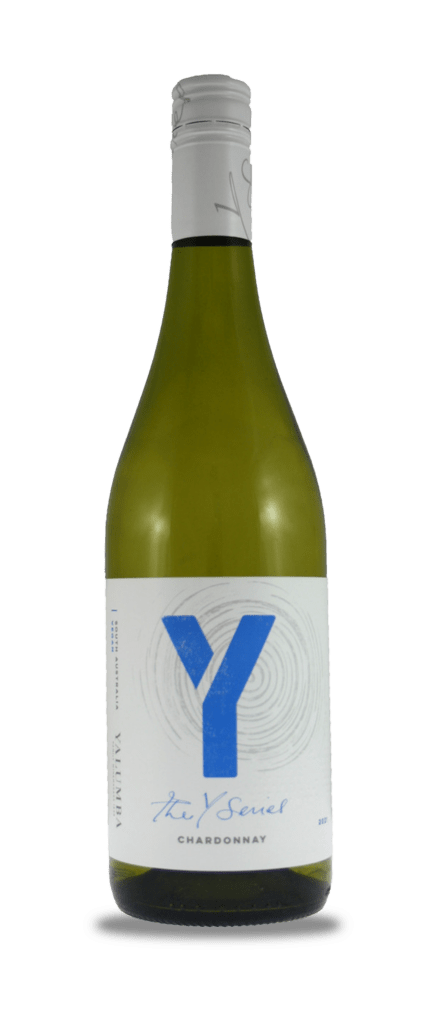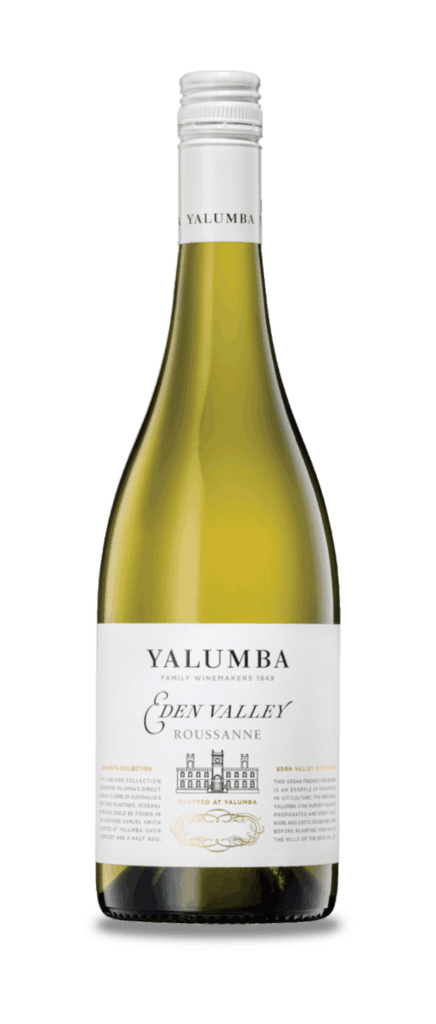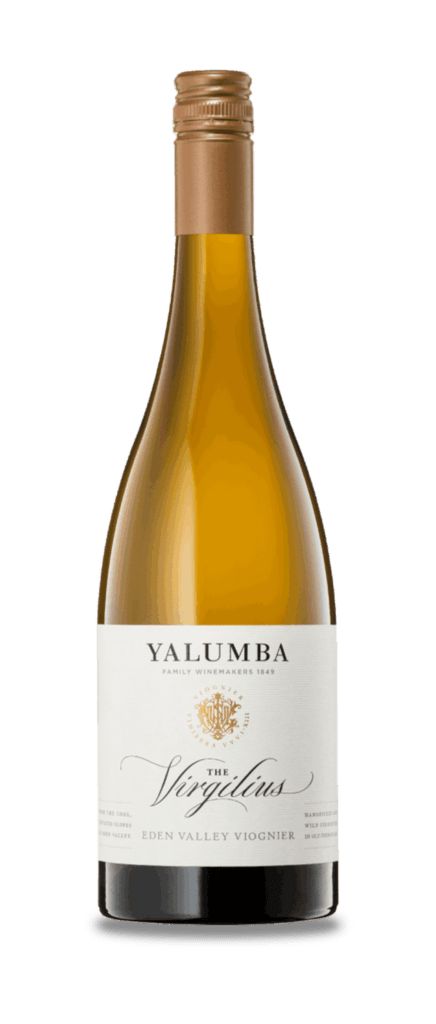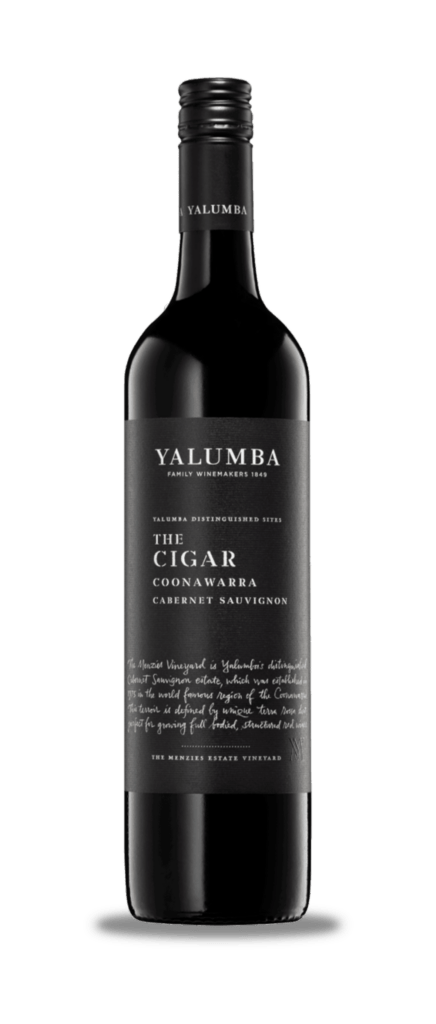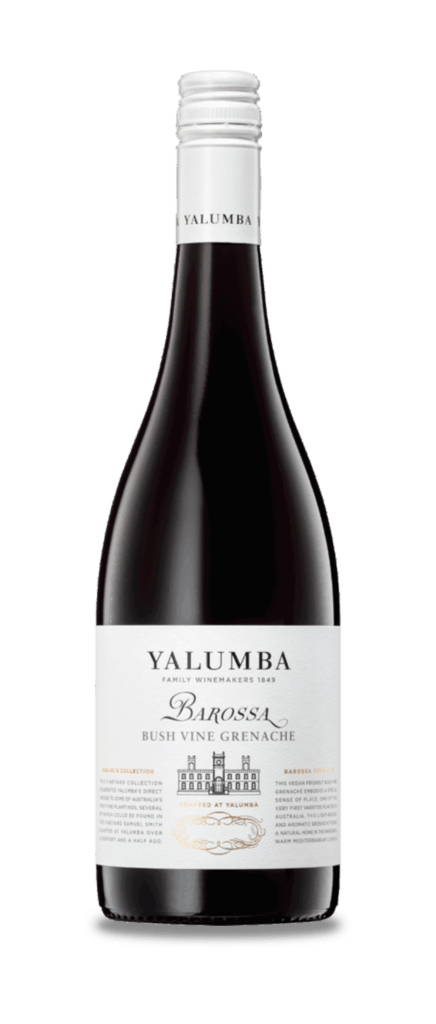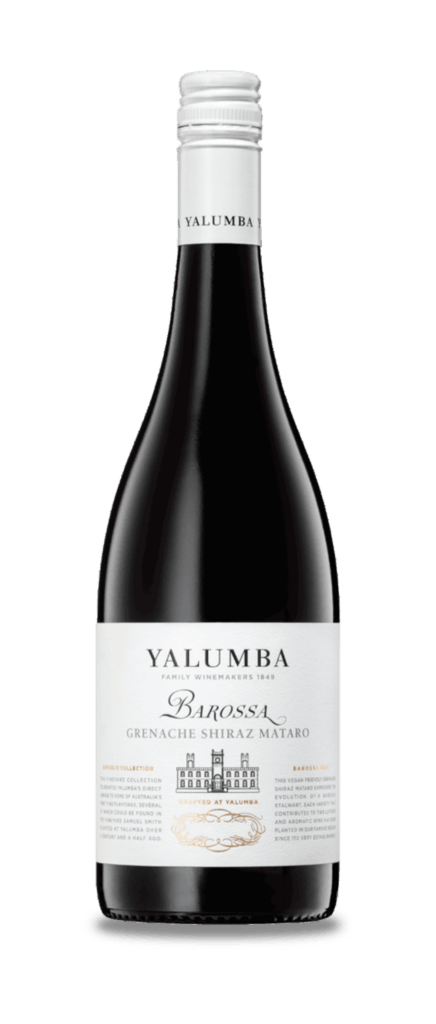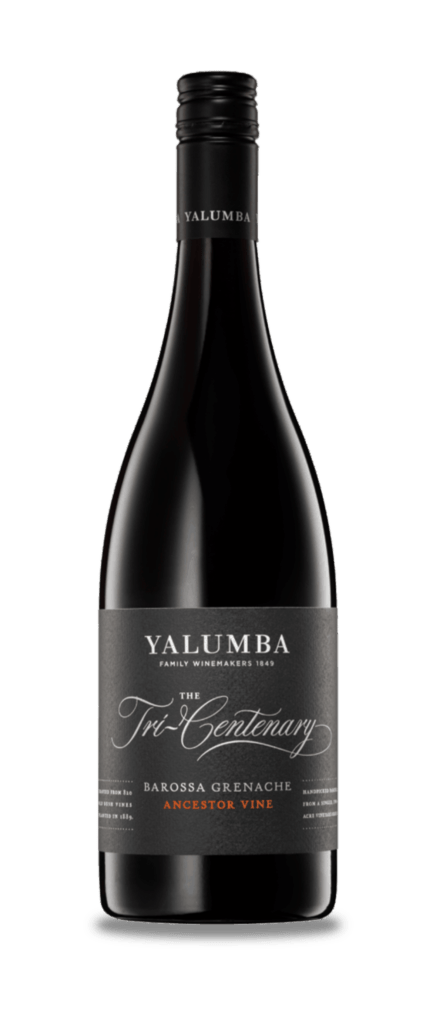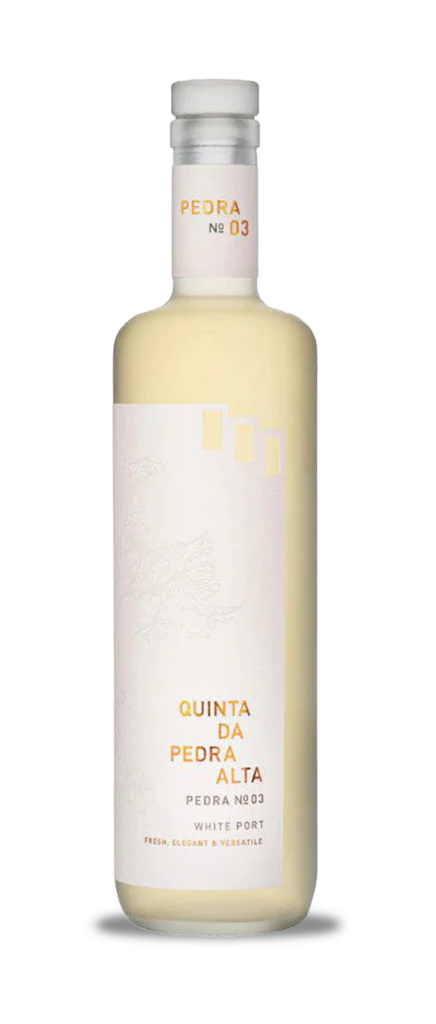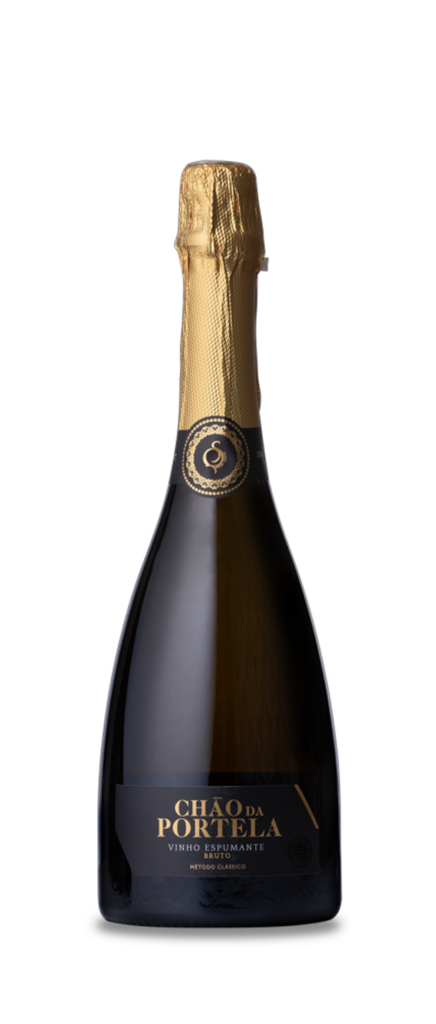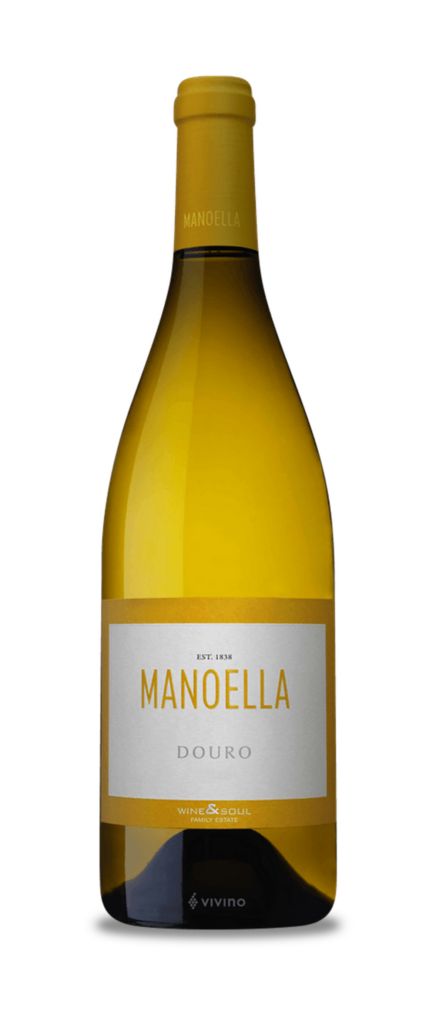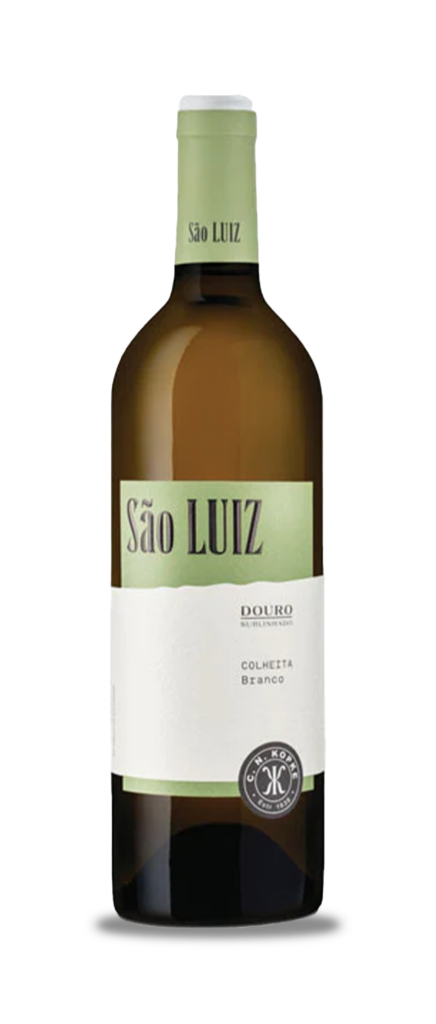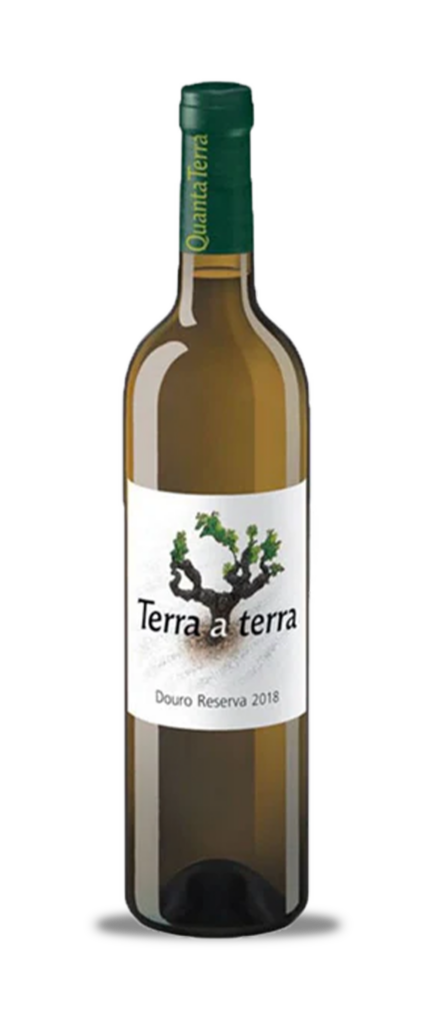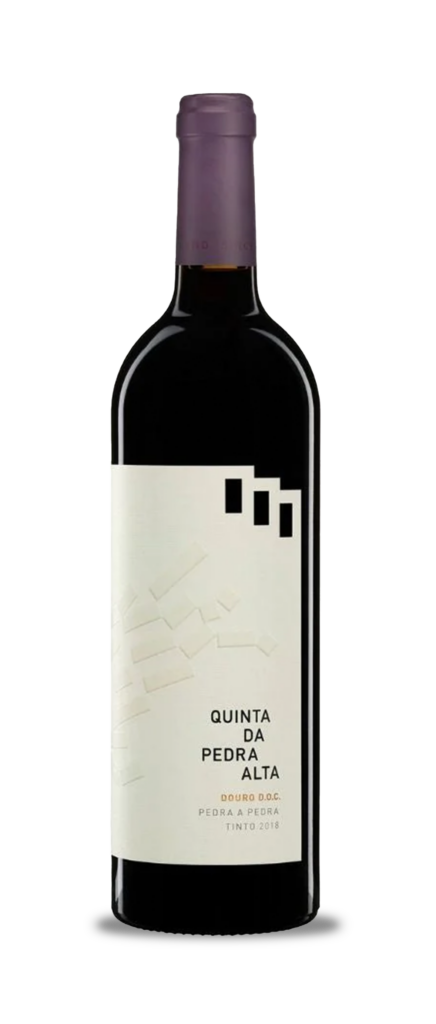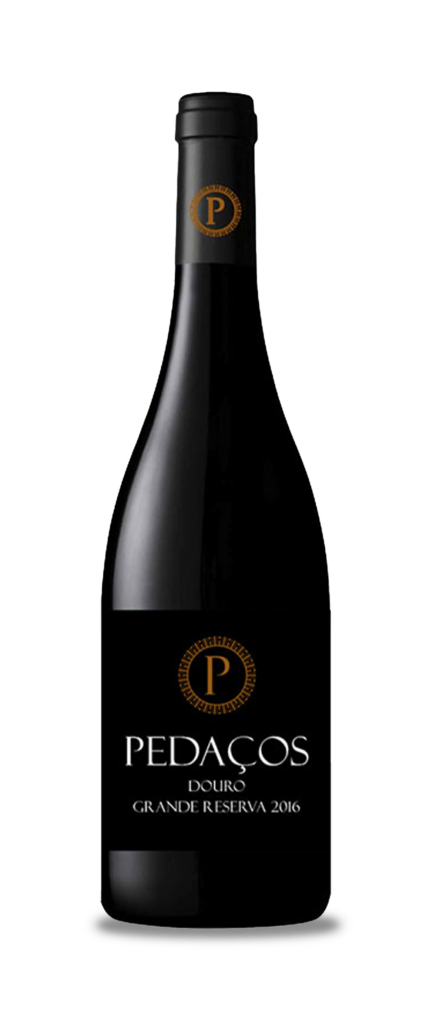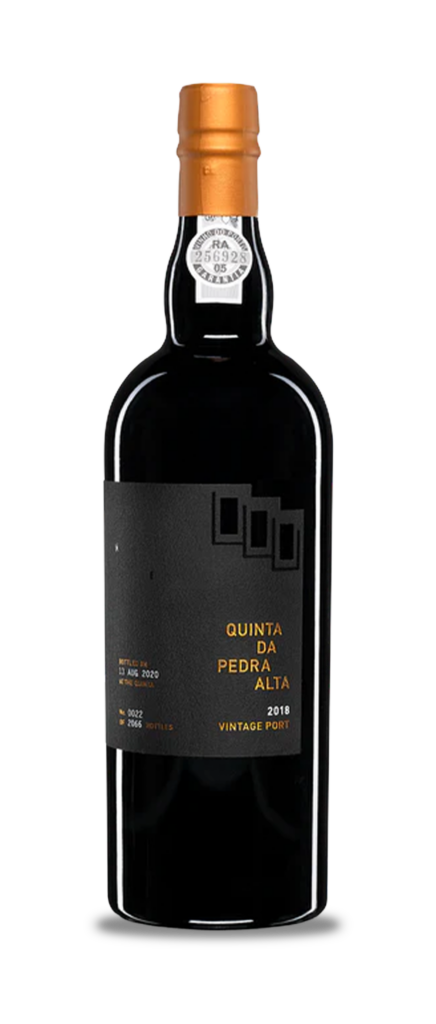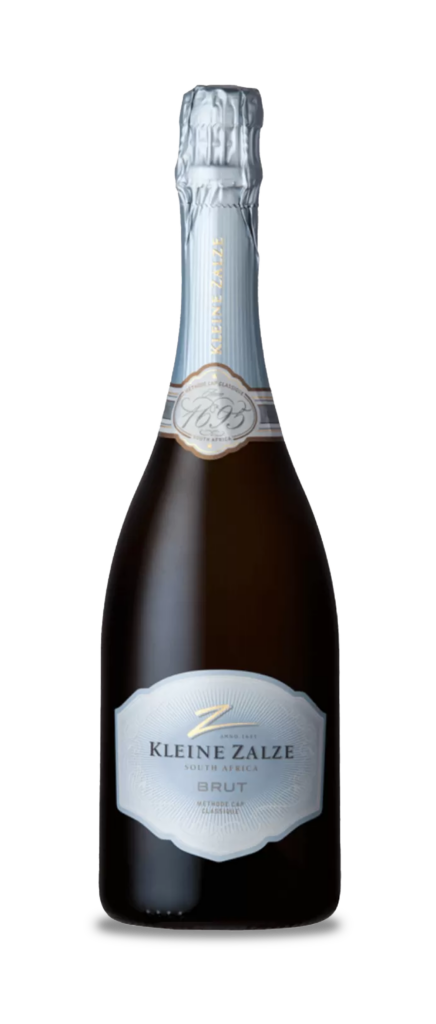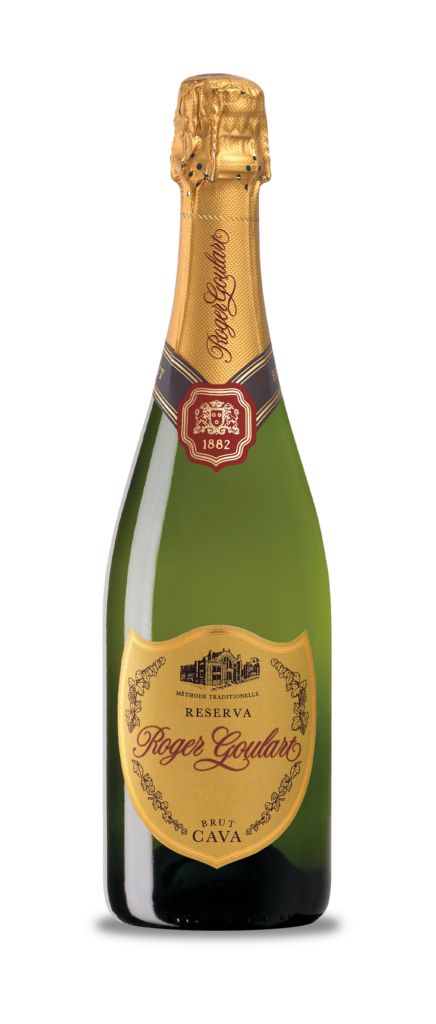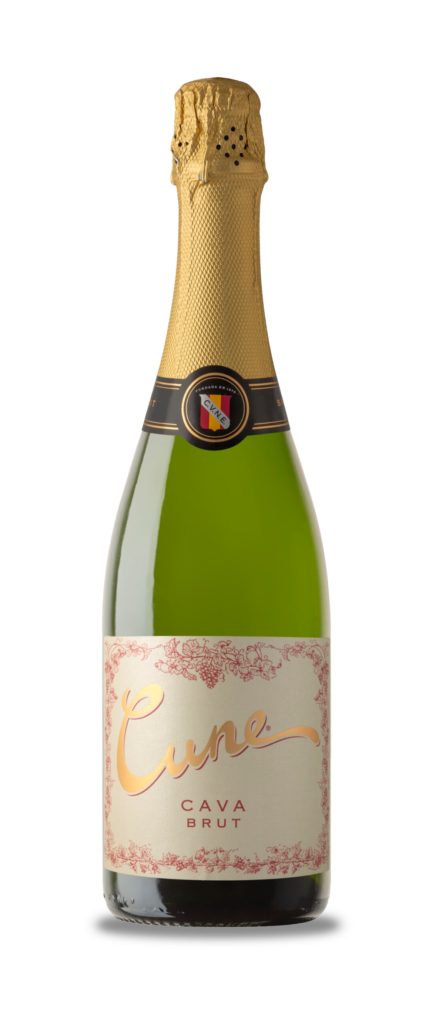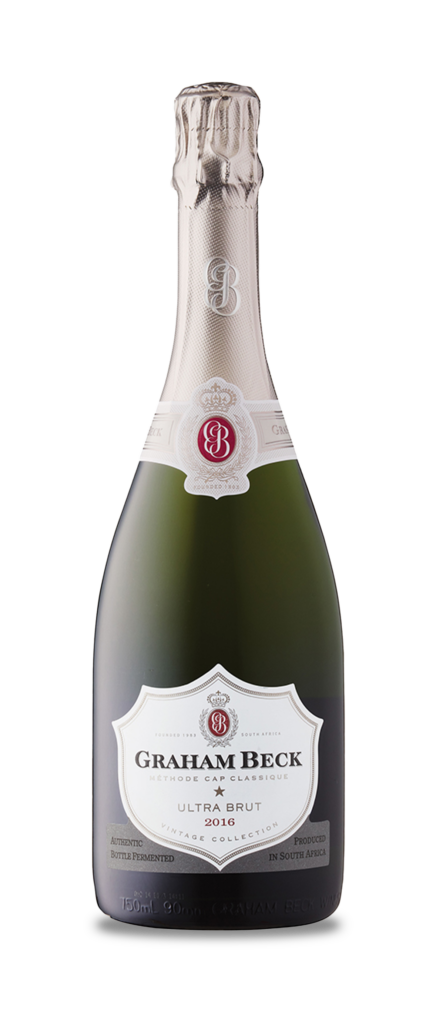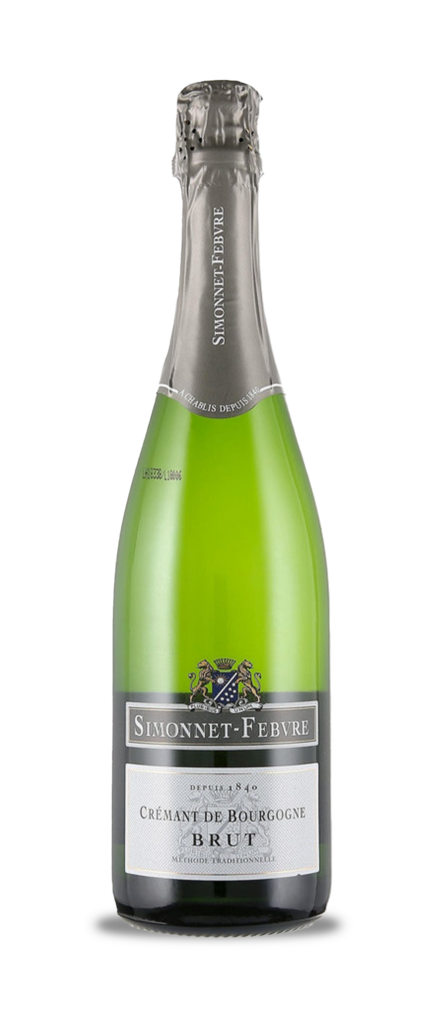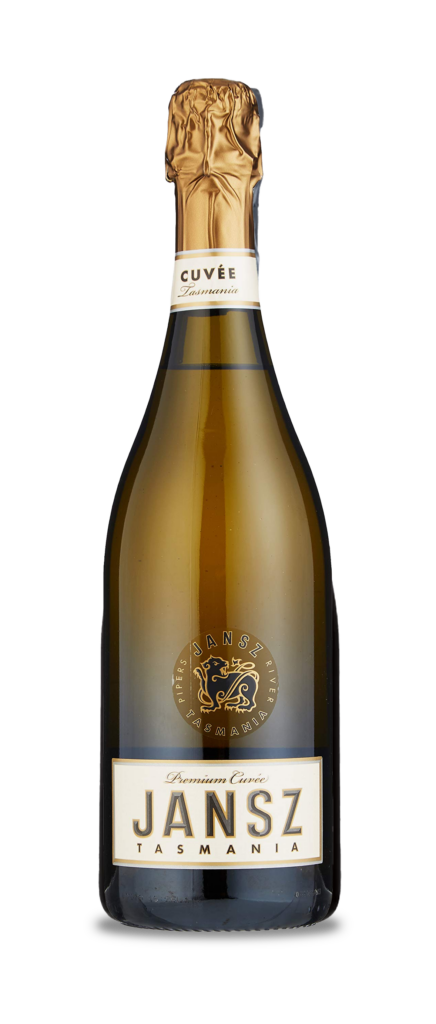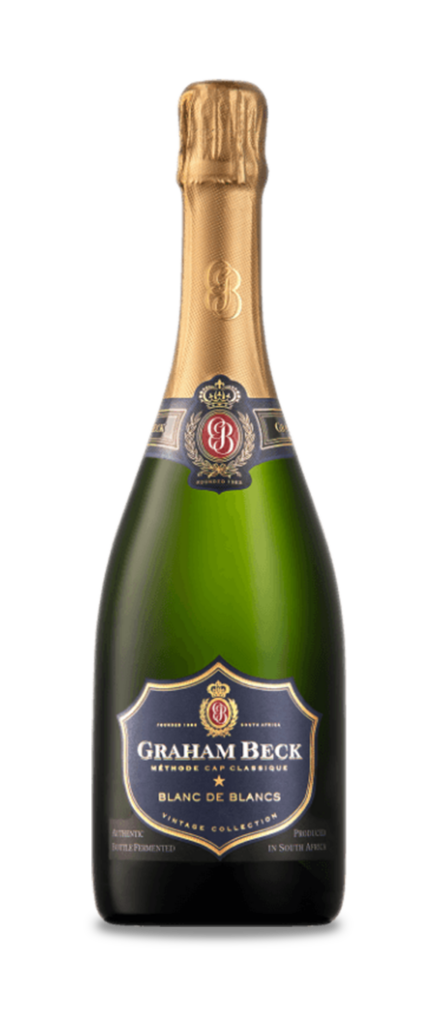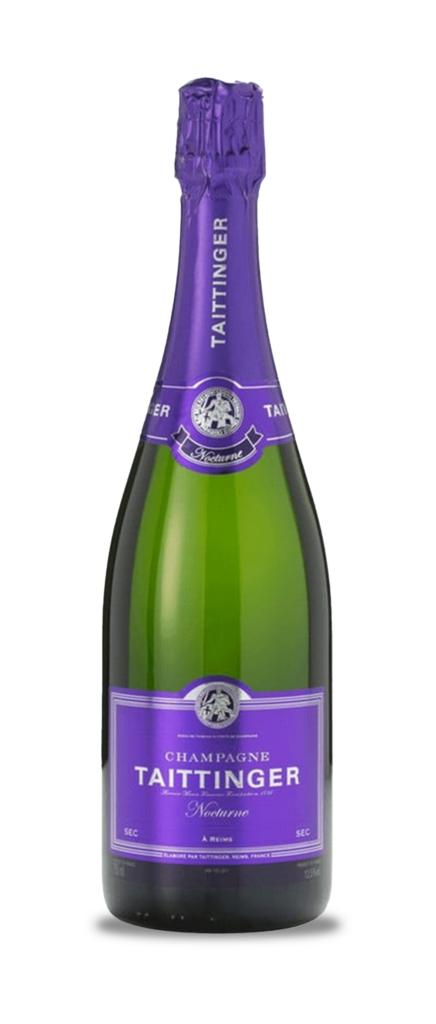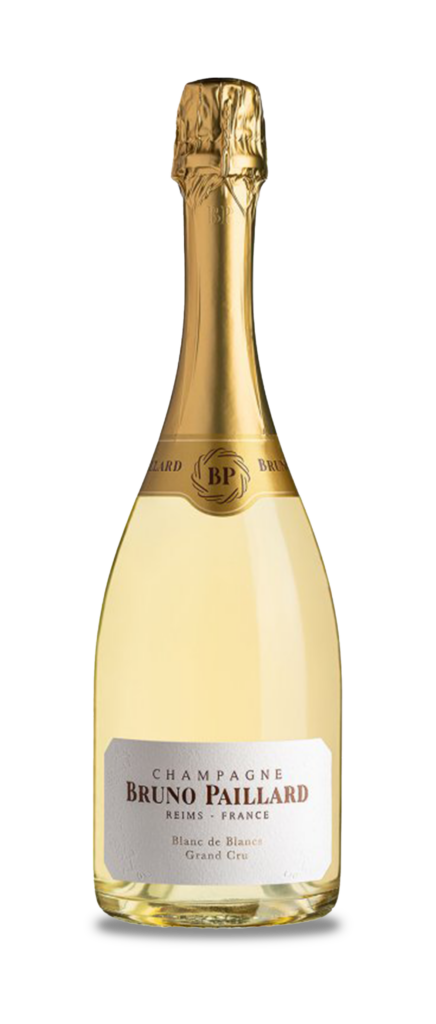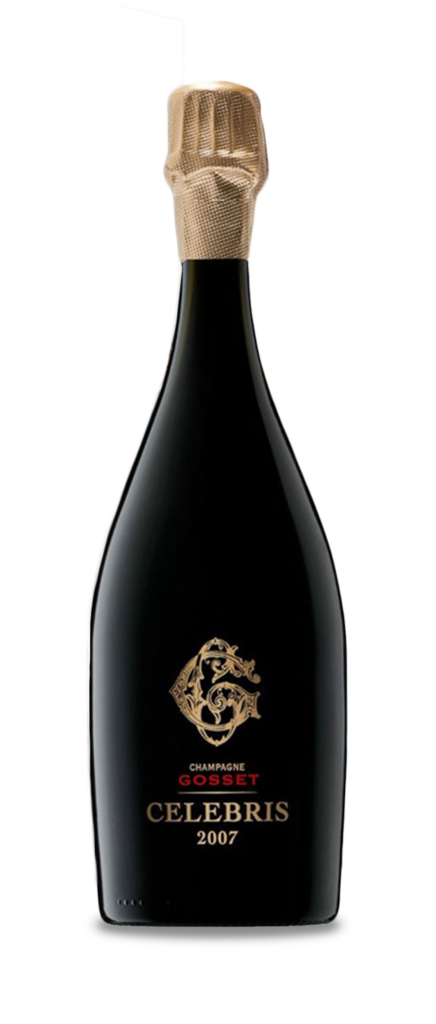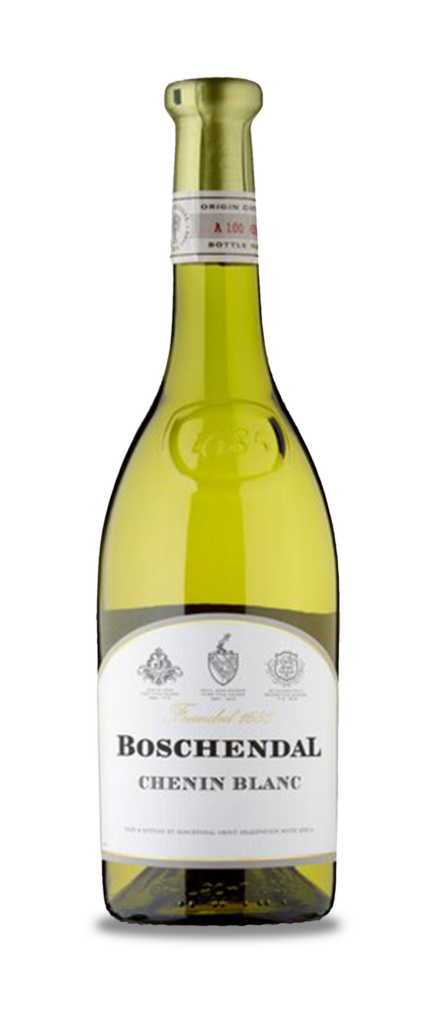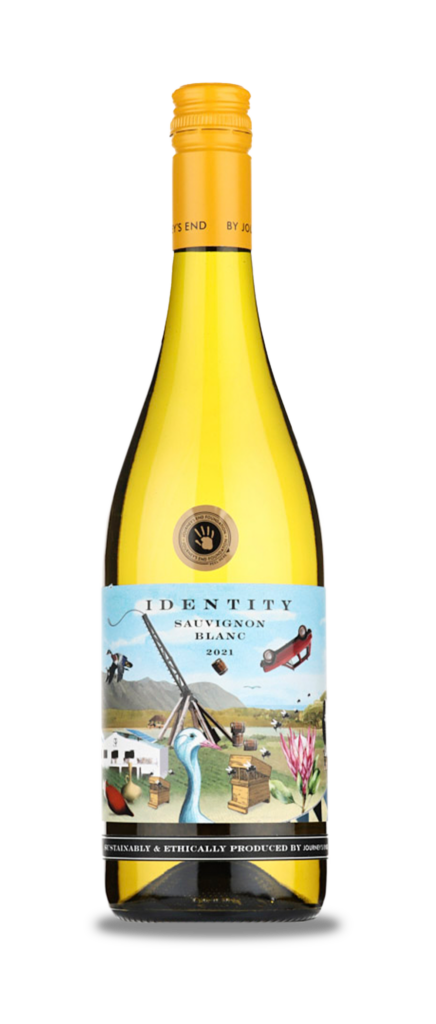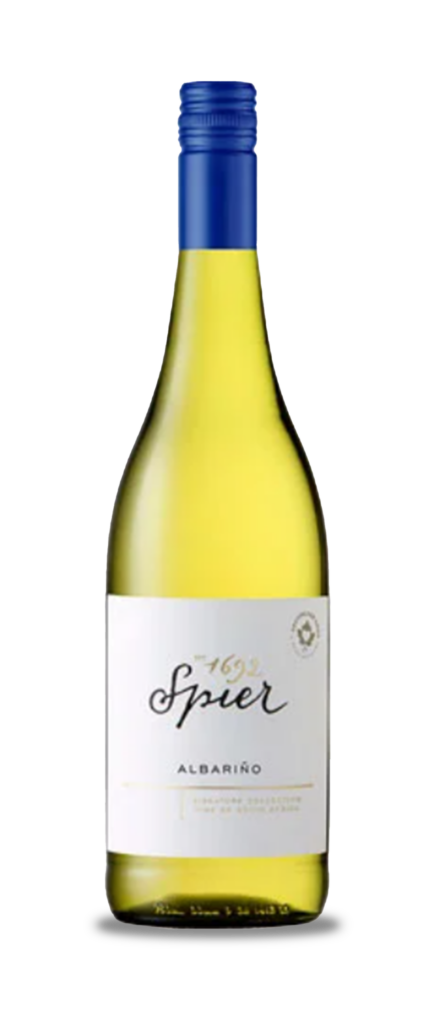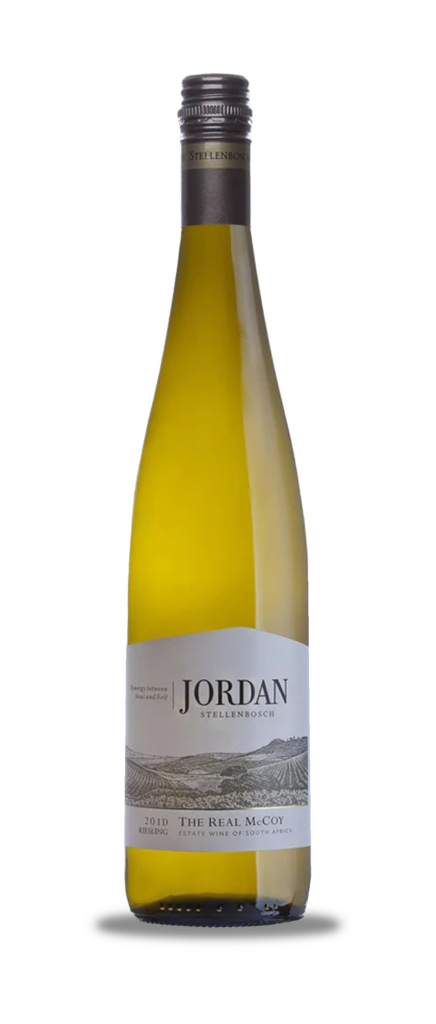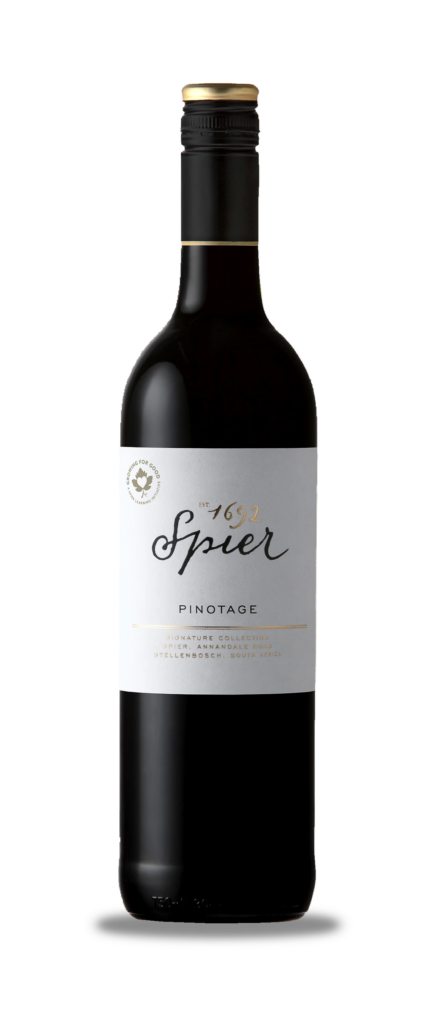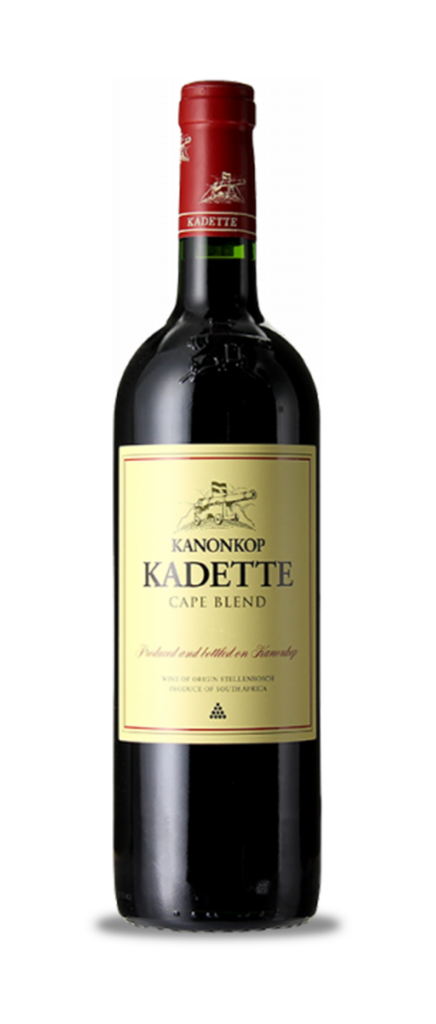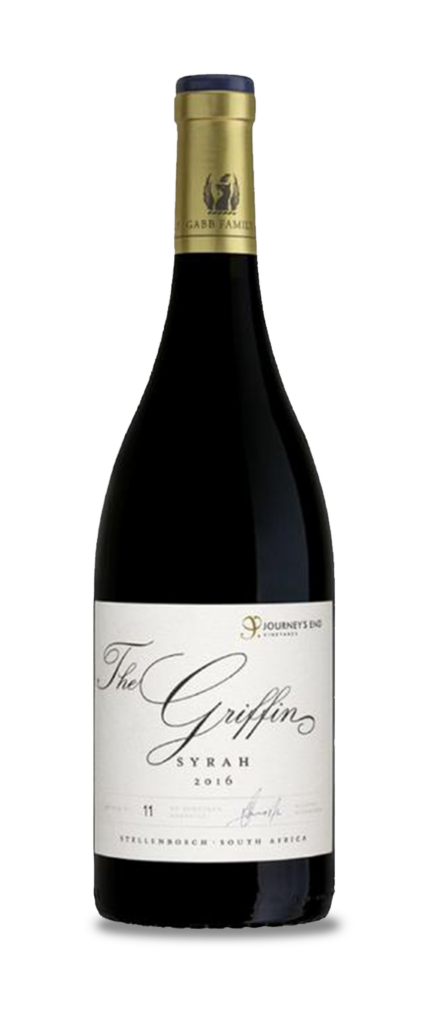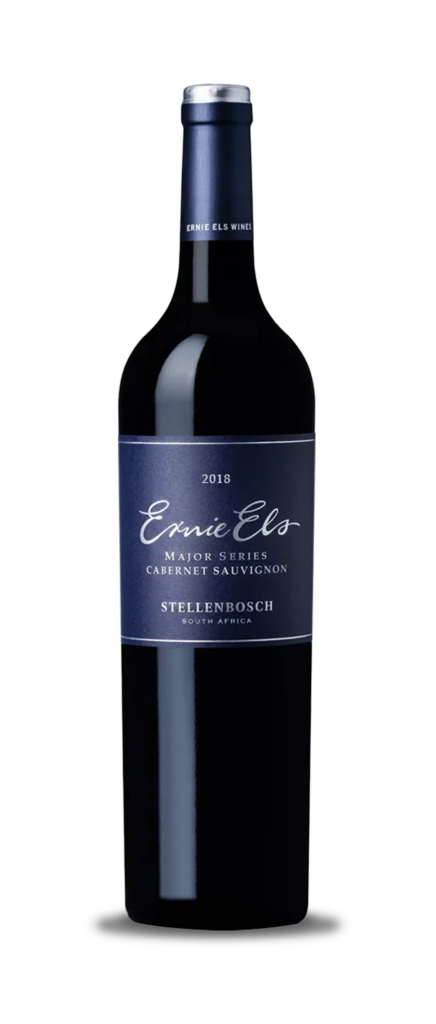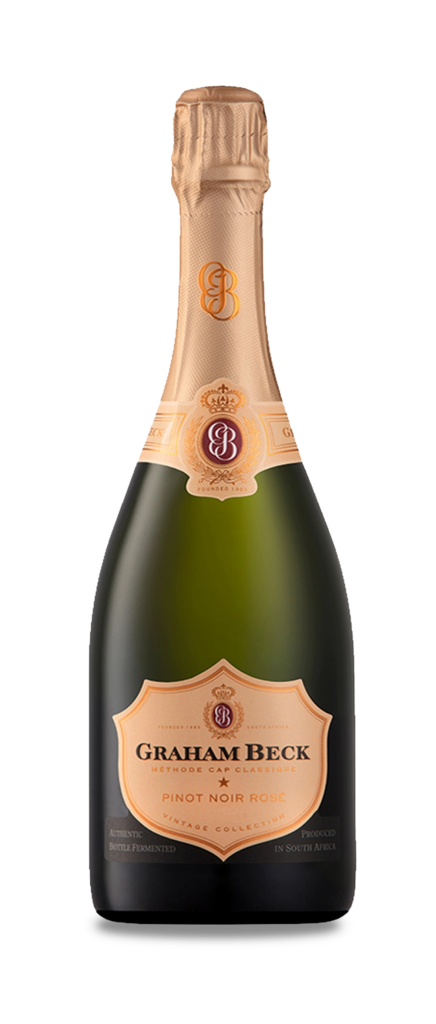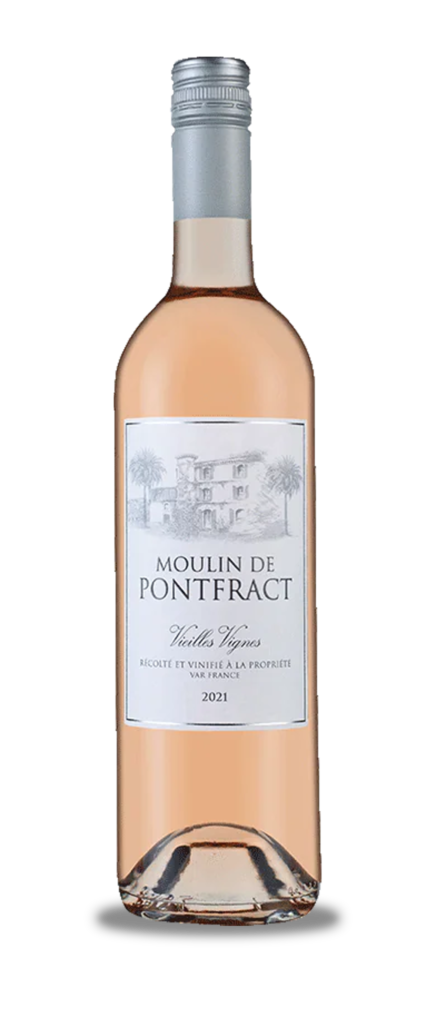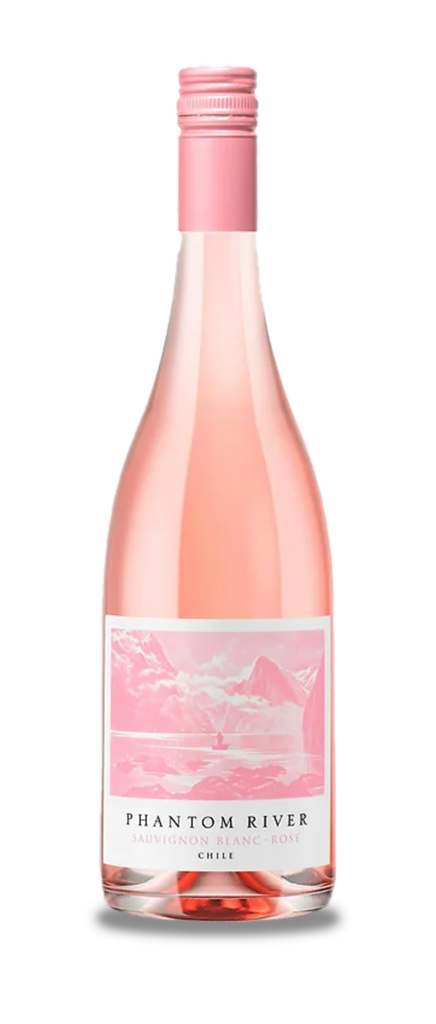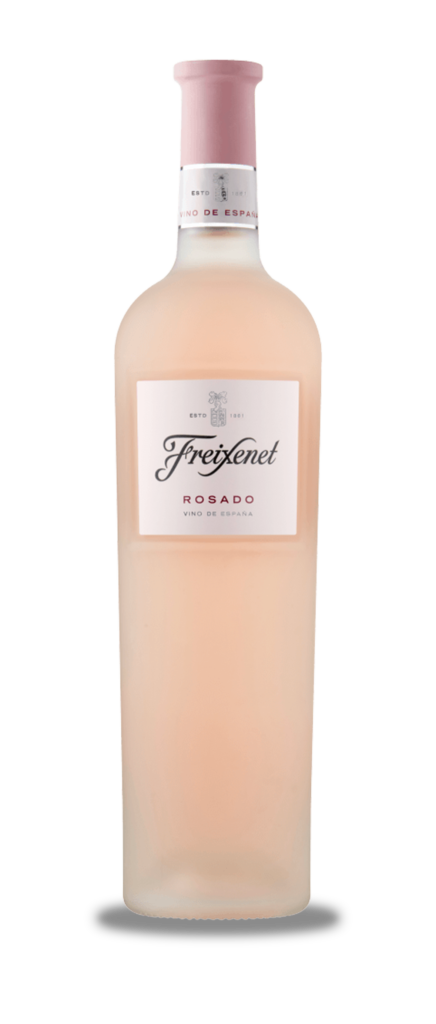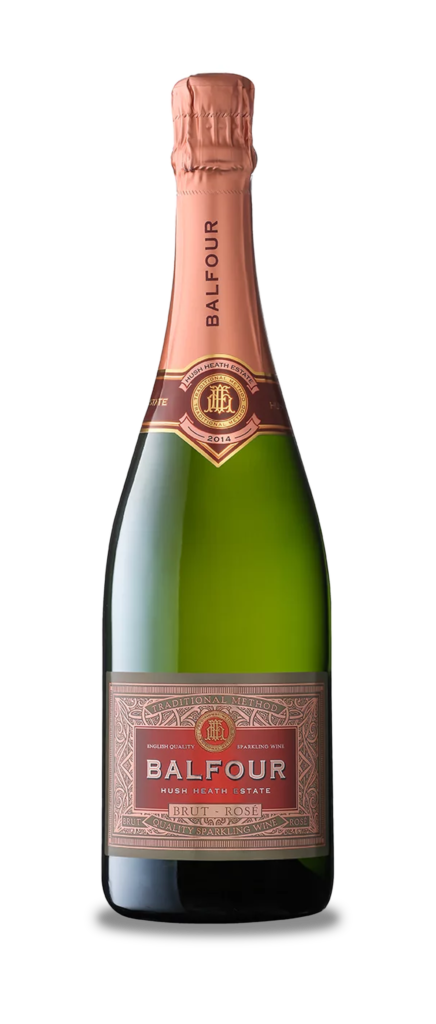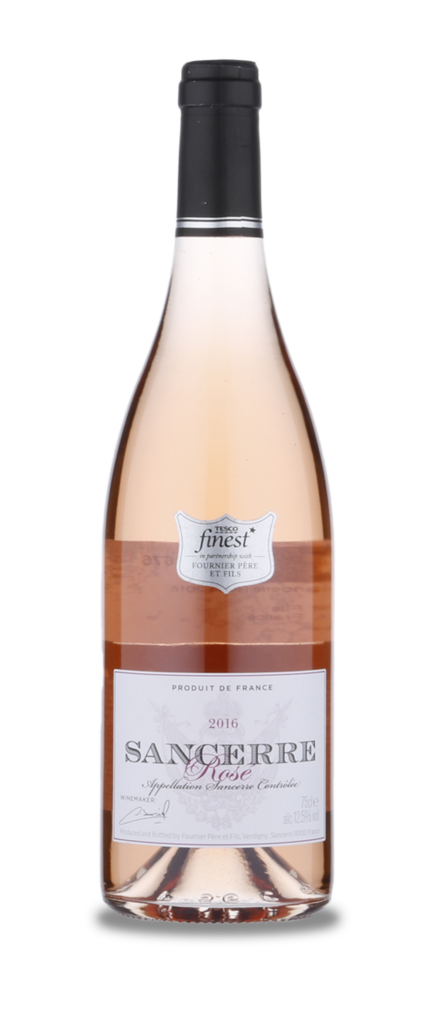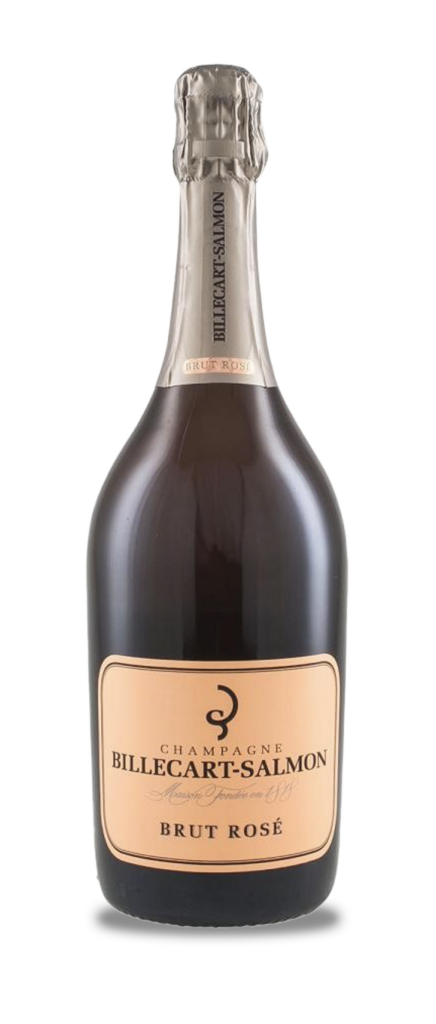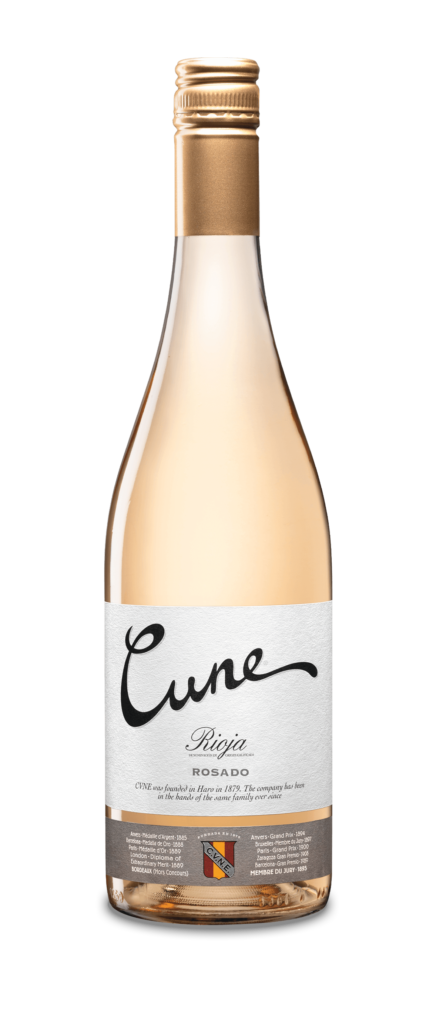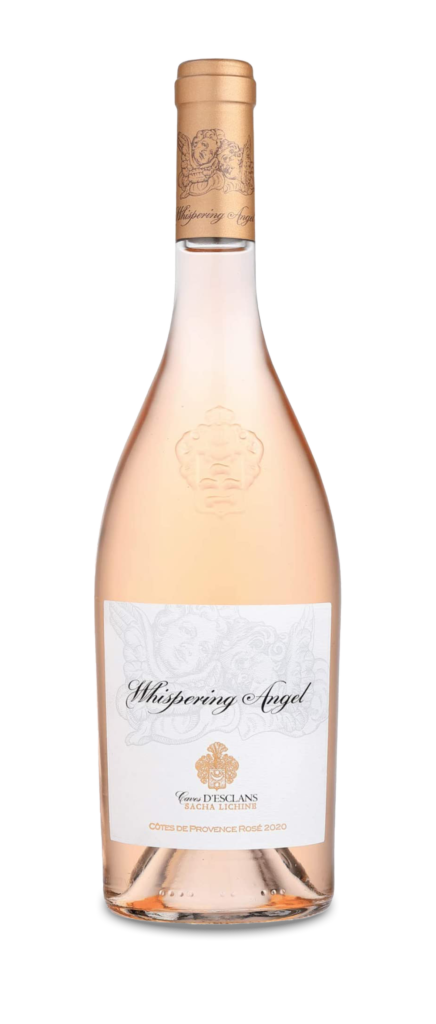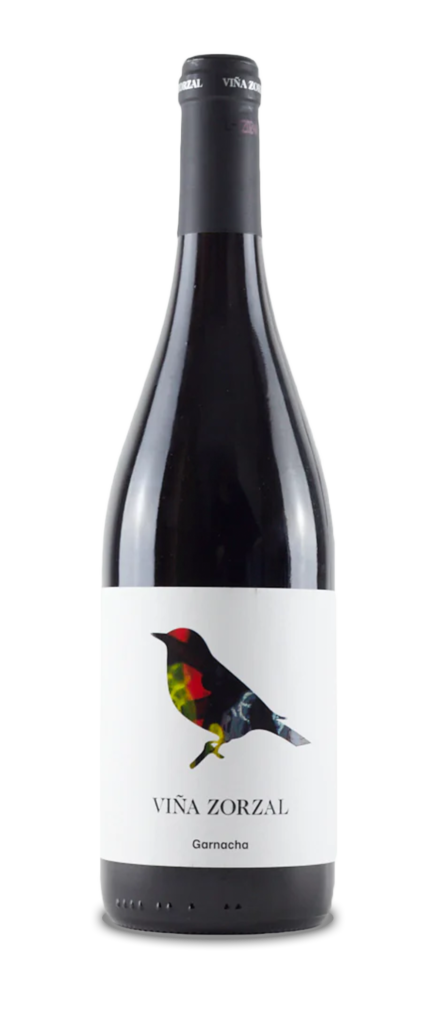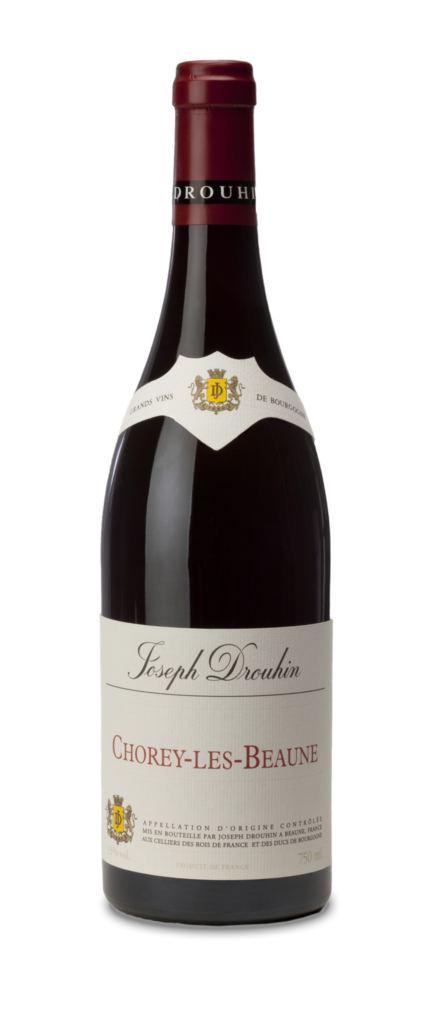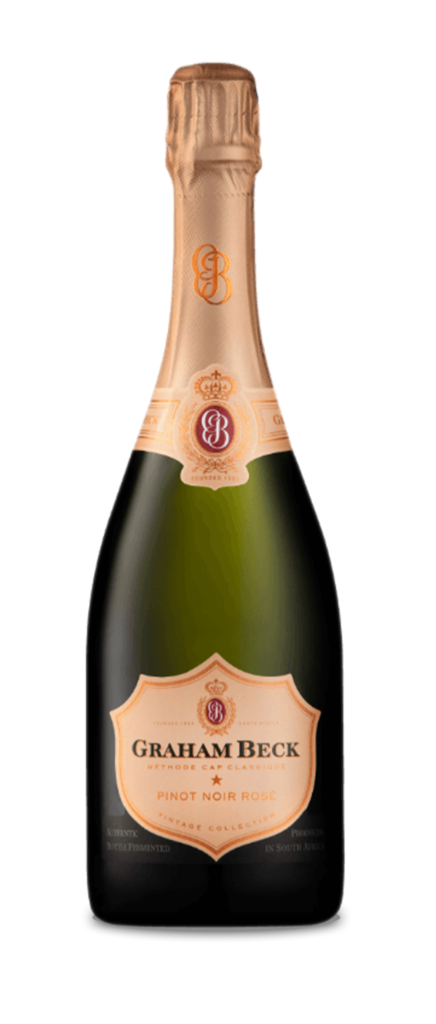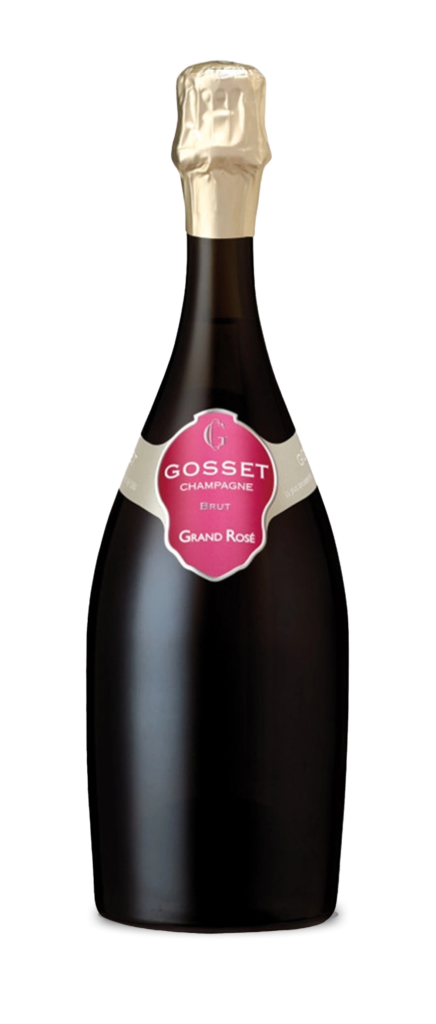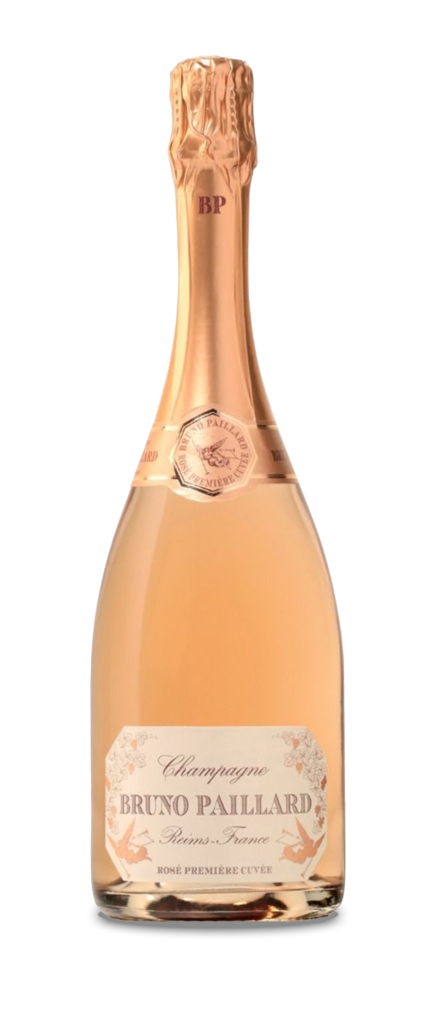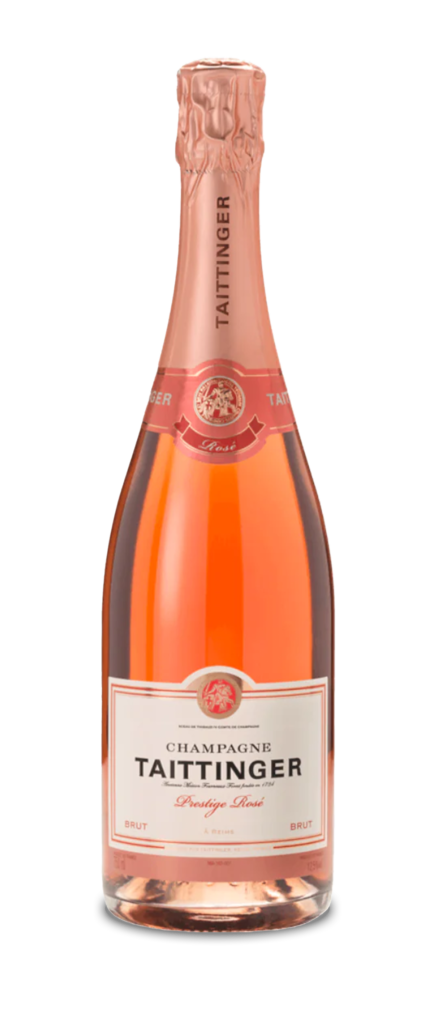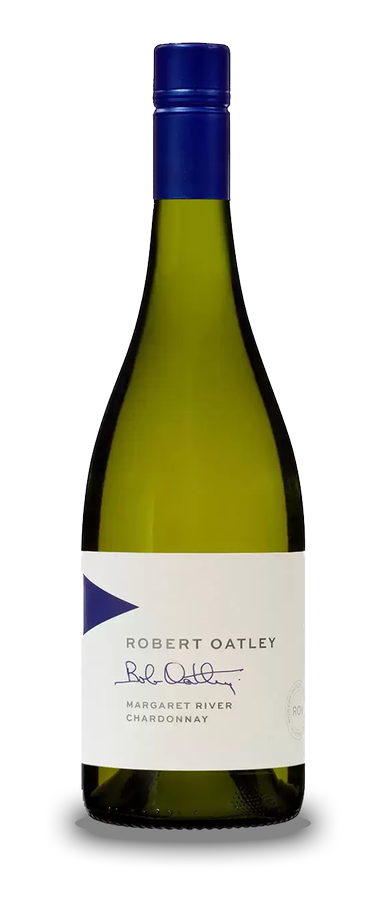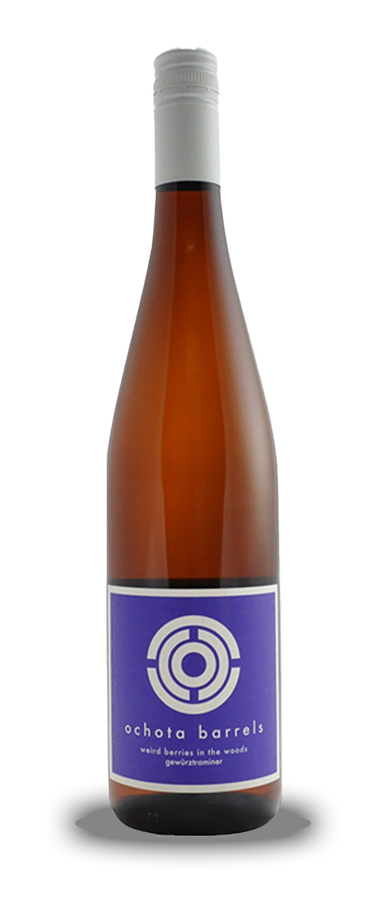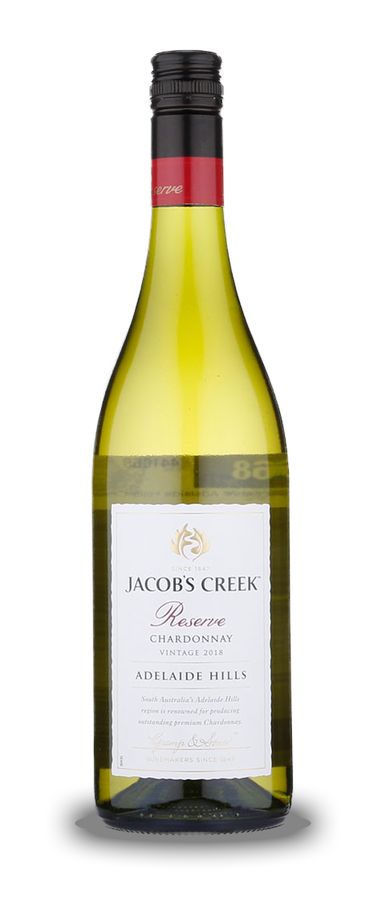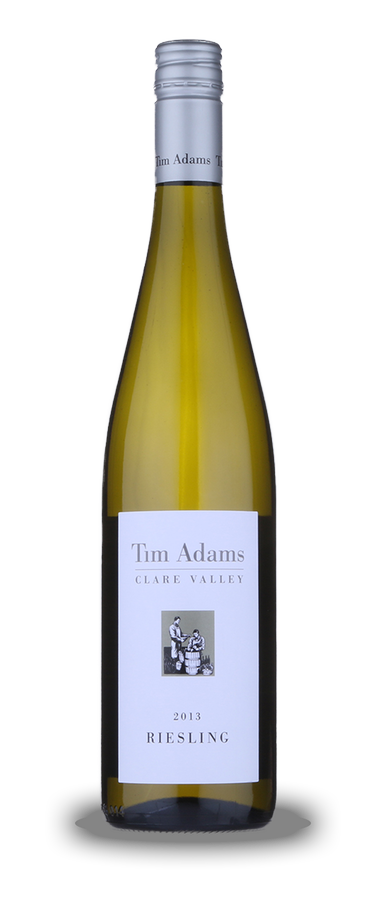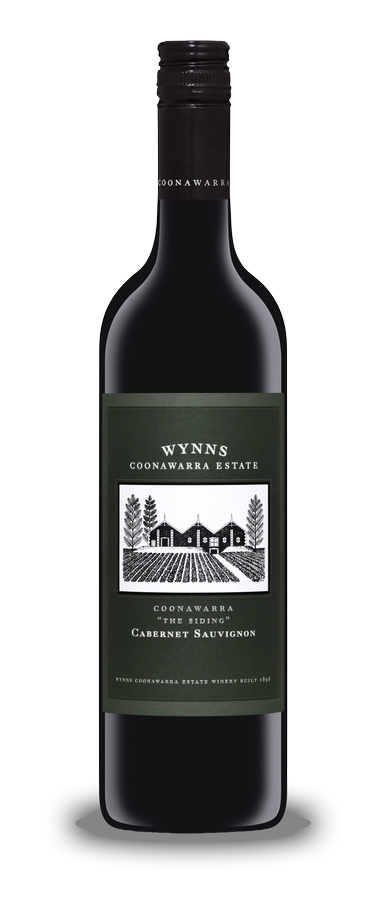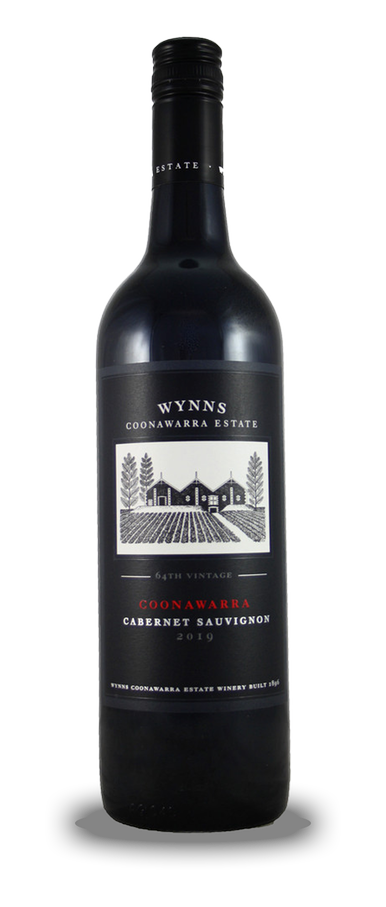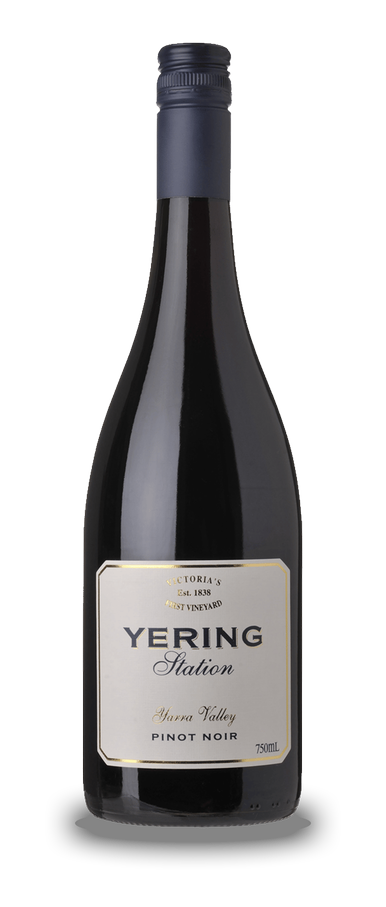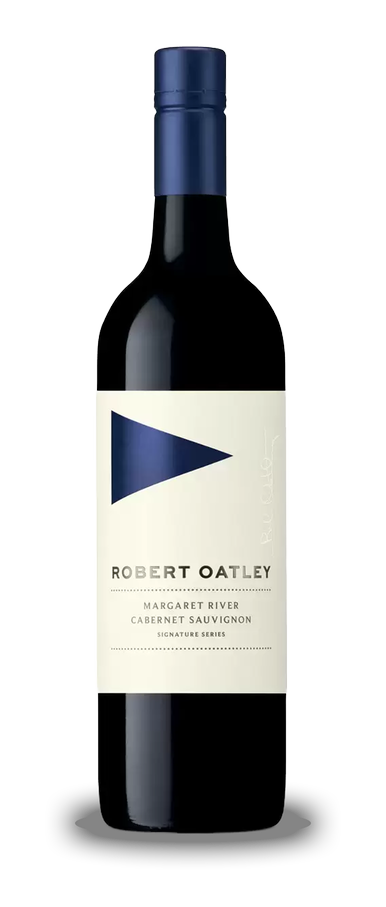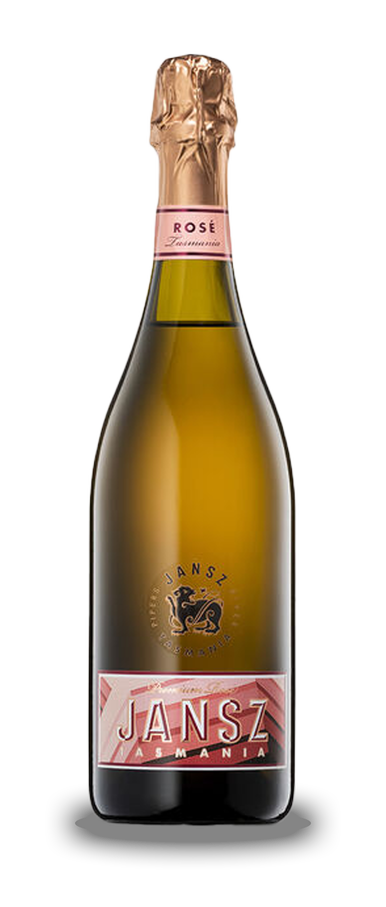Our wine columnist Giles Luckett suggests some great fortified wines for the season of goodwill
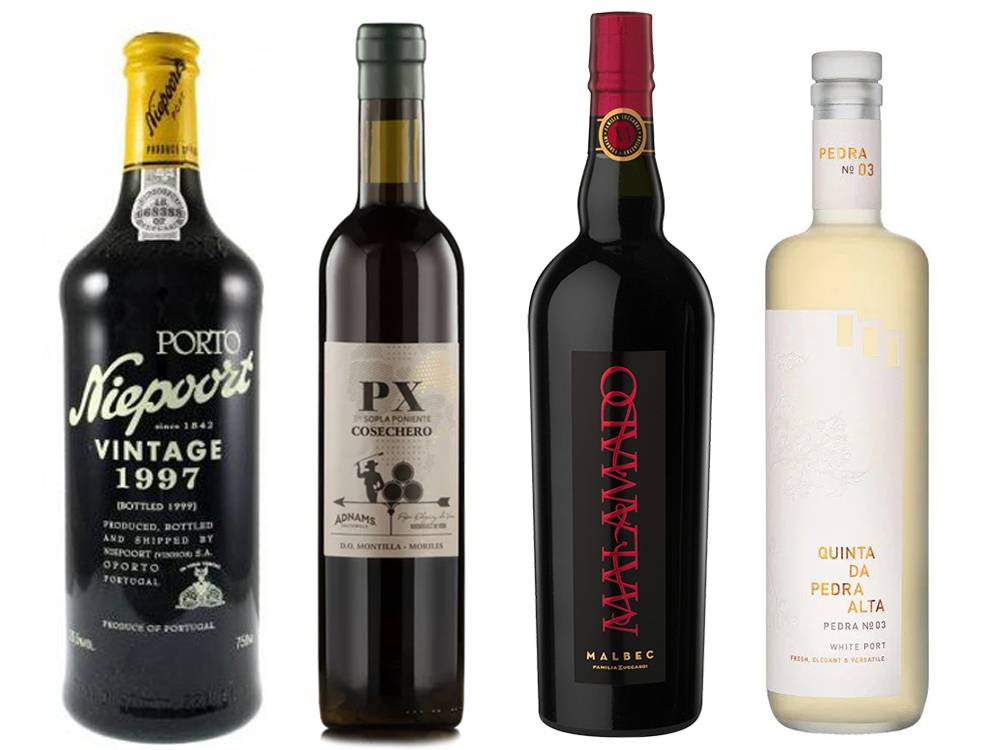
Hello. Christmas is a time for traditions. The tradition of opening a present on Christmas Eve just after you’ve put the sprouts on! Of partners asking you to buy them something you think they’ll like with the surprise being they need to ask if you’ve kept the receipt! To not so much as driving home for Christmas as stuck in traffic for Christmas.
OK, so, some traditions we could all definitely do without, but there’s one tradition that the British have clung to since the late 18th century, which is one to be treasured – enjoying a glass of fortified wine over the festive season. From Port to Madeira and Sherry to something from the New World, there’s a world of fortified diversions out there, and here is my pick of this spirited bunch…
Christmas wouldn’t be Christmas without a glass or two of Tio Pepe (Sainsbury’s £10). Some of my generation are wary of Sherry, but wines like Tio Pepe are increasingly finding favour with younger wine lovers, and it’s easy to see why. Pale, fresh, dry and clean, its combination of abundant pear, watermelon, and apple fruit and savoury, creamy yeast make for an easy-drinking yet wholly satisfying glassful. Try this on its own and with smoked fish or creamy cheese canapés.
If you’re in the mood for something sweet, then why not enjoy something truly indulgent? Pedro Ximenez (PX to his friends) produces gloriously sweet wines such as the Adnams X Sopla Poniente (£10.99 Adnams). This phenomenal mouthful of treacle, butterscotch, liquid caramel, and hazelnuts is a joy on its own, but with enough acidity to prevent it from becoming cloying, it goes down beautifully with strong blue and white cheeses or, as I found, liver pâté.
When most people think of fortified wines, they think of Port, and this year, I discovered the excellent Adnams Finest Reserve (Adnams £15.99). This has to be one of the best everyday drinking Ports I’ve ever tasted. Many entry-level Ports struggle to integrate the spirit and have a hot, disjointed finish, along with overly sweet, one-dimension fruit profiles. The Adnams, however, is luscious, packed full of dried black fruits, blackcurrant conserve, and prunes and has a rounded, seamless finish. If you’re looking for brilliance on a budget, give this a whirl.
Another, less well-known style of Port is White Port. While much of this is fine but forgettable, there are quality-focused producers who are breathing new life into this old-style wine. I tasted the Quinta Da Pedra Alta White Port (Master of Malt £17.42) at the estate in the summer, and it blew me away. Fresh-tasting and bursting with white fruits, apricots and peaches in syrup, the way it managed to combine the sugar and the spirit into the body of the wine to create a luscious yet clean and refreshing whole is remarkable. We tried this with tonic, and it made for a delicious long drink too.
My favourite style of Port is a wood Port, wines that are aged for an extended period in barrel rather than in bottle. This long ageing in cask has the effect of leaching colour, accentuating the freshness and adding a lovely nuts and dried fruit tone to the wines. An excellent example of this is the Kopke 10-Year-Old Tawny (The Secret Bottle Shop £23.95). Deep red-gold, the nose offers an inviting mix of preserved cherries, plums, almonds, spices and candied citrus peel. In the mouth, it’s warming, full, and gentle, but with a wonderfully complex mix of dried fruits, nuts, caramel, smoke, and a clean, tangy acidity. Try this with blue cheeses or fruity desserts.
Fancy something a little different this Christmas? I have just the thing, the Zuccardi Malamado (Tesco £9). This is an Argentinean fortified Malbec – so Argentinean Port, if you will – and it’s amazing. At first, it tastes like a great Malbec, all blackberries, blackcurrants, fresh blueberries, and sweet spices, but then a warm wave of sweetness comes in, adding decadent richness and power. You can drink this with food as though it were a table wine or with hard cheeses; either way, it’s a Christmas cracker.
South Africa built their wine industry on fortified wines, and while they’re not as important these days, the best can still be world-beaters. Take the Kleine Zalze’s Project Z (Noble Green £33). Made from a blend of noble white grapes, this luscious golden sipper is opulently sweet (think marmalade) and offers creamy flavours of dried pears, candied apples, and peaches in syrup, with a lovely hit of lemon peel and lime juice to the finish. Enjoy this chilled with fruity desserts or white cheeses.
Madeira is one of the world’s most misunderstood wines. It isn’t a type of Sherry – it’s 700 miles from Spain and made in a completely different way – it isn’t all sweet, and if it’s an old maid’s wine, then call me Old Maid Giles! Madeira is joy as the Henriques & Henriques 10-Year-Old Sercial (Waitrose £18.99) shows. Sercial is the driest style of Madeira and it’s only after a decade or so in barrel that it reveals its brilliance. Dark amber, the nose offers caramel, roasted nuts, sweet coffee, citrus peel, and grapefruit. On the palate, it’s rich, yet tangy, with honey, green fig, and dried orange and pear tones offset by lemon and lime.
My next recommendation is one of Australia’s great wine originals. Take Muscat grapes (a Petits Grains Rouge, in case you were wondering) and leave them till they are raisins on the vine. Pick and press but stop the fermentation mid-way with spirit to preserve the sugar. Then age them in a Sherry-style ‘solera’ system, and bingo, you have wines like Campbells Rutherglen Muscat (Waitrose £13.99). This golden ‘sticky’ as the Aussies call it, tastes of sultanas laced with spiced honey mixed with citrus peel and given a mocha shot. This unique wine is phenomenal and is an after-dinner delight.
I’ll finish my festive fortified feature with what most wine lovers regard as the ultimate fortified wine, Vintage Port. Vintage Port is a rare wine – they make up about 3% of Port production – made only in the finest years that can only spend 2 years in cask before bottling with their sediment. The resulting behemoths can age for decades (the 1955 Taylor (MWH Wine £420) was amazing in 2022) and offer a level of complexity and elegance no other fortified wine can match. For drinking now, try the Niepoort 1997 (Fareham Wine Cellar £57.50). A great vintage, time has softened this, giving it a red-amber colour with a nose of fruits of the forest, chocolate, cherries, and smoke. In the mouth, it is sumptuous, loaded with black and red berry fruits, black figs, plums, sweet spices, and liquorice. Decant and enjoy on its own with good company.
Well, that’s it from me for 2023. I’ll be back in January with some no-and low-alcohol wine recommendations. So, until then have a fine wine Christmas, and here’s to a happy 2024.
Cheers!
Giles








